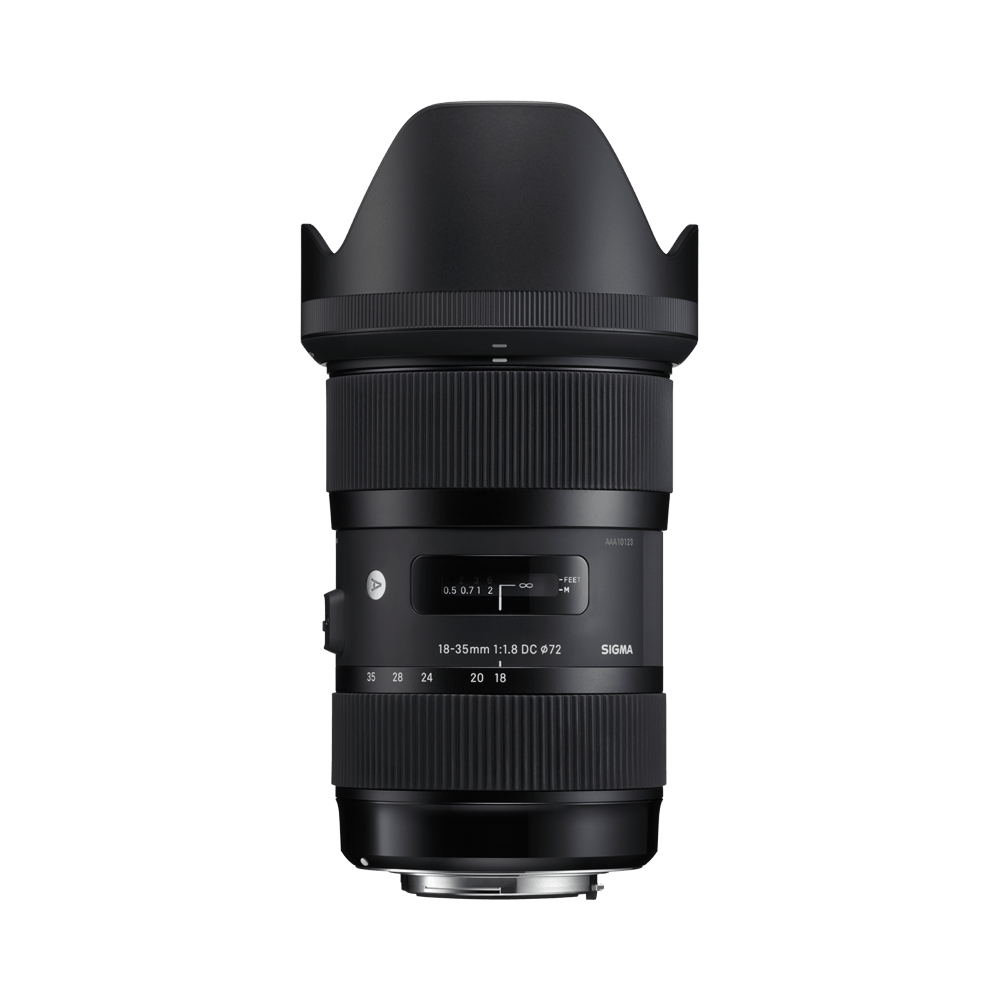
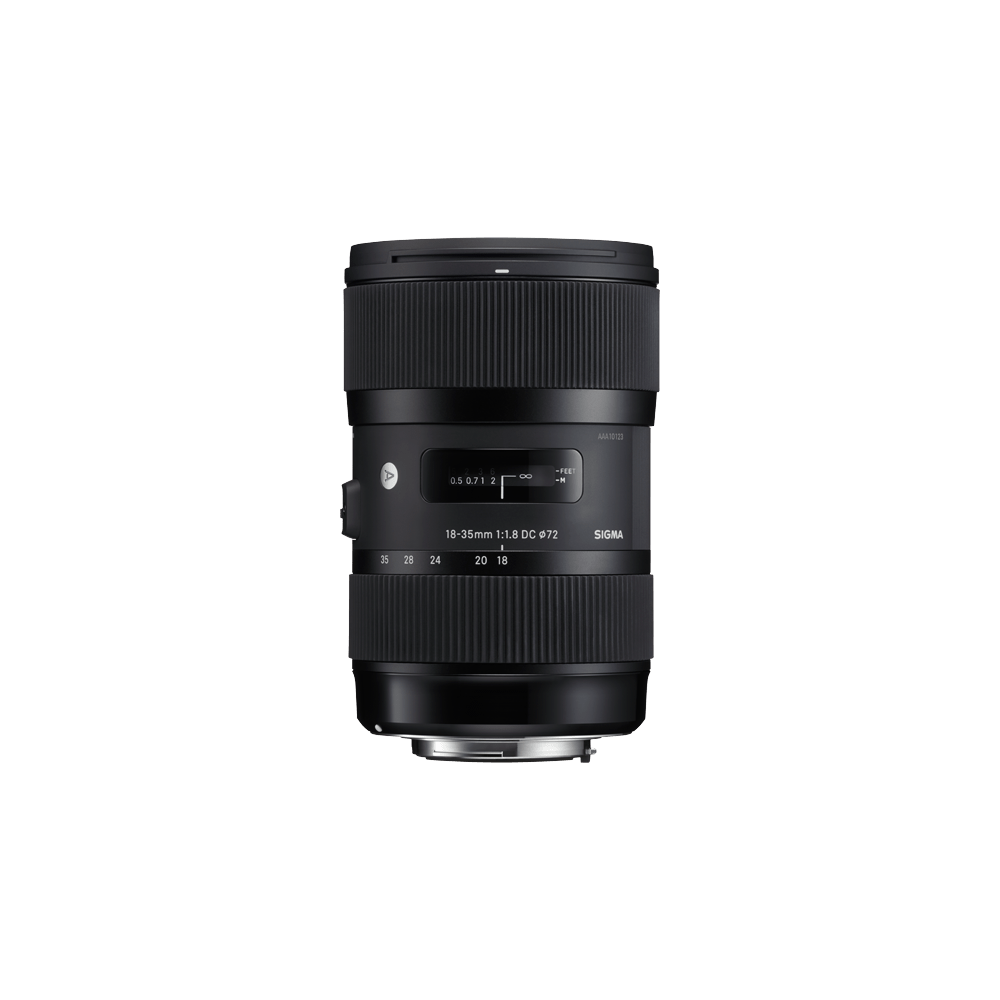
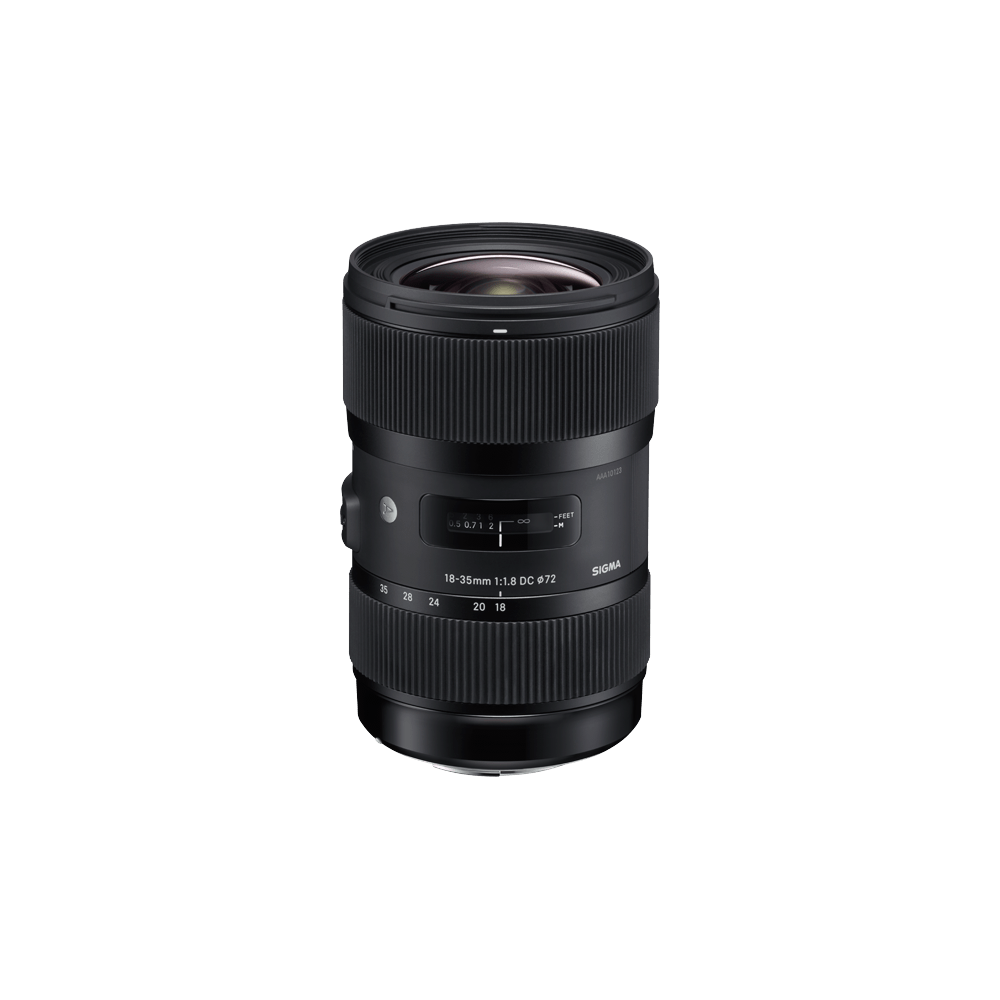



DISCONTINUED
ART
18–35mm F1.8 DC HSM
Available mounts
- SIGMA SA-mount
- Canon EF mount
- Nikon F mount
- Pentax mount
- Sony A-mount
-
Camera Type
DSLR -
Corresponding Mount
SIGMA SA-mount,Canon EF mount,Nikon F mount,Pentax mount,Sony A-mount -
Sensor Format
APS-C [DC] -
Lens Construction
17 elements in 12 groups
-
Angle of View
76.5° - 44.2°
-
Number of Diaphragm Blades
9 (Rounded diaphragm)
-
Minimum Aperture
F16
-
Minimum Focusing Distance
28cm/11.0in.
-
Maximum Magnification Ratio
1:4.3
-
Filter Size
φ72mm
-
Dimensions (Diameter × Length)
SIGMA SA-mount:φ78mm × 121mm / φ3.1in. × 4.8in.
*The length of a lens is measured from the filter surface to its mount.
-
Weight
SIGMA SA-mount:810g / 28.6oz.
-
Edition Number
A013
The three-digit code on the surface of the lens is to indicate the year the lens was first released.
(Since it is different from the year of manufacture, the release year and edition number may not match depending on the mount.) -
Supplied Accessories
Case
Petal Type LENS HOOD LH780-06
FRONT CAP LCF-72mm III
REAR CAP LCR II -
Mount / Product Barcode
SIGMA SA-mount:00-85126-21056-4(DISCONTINUED)
Canon EF mount:00-85126-21054-0(DISCONTINUED)
Nikon F mount:00-85126-21055-7(DISCONTINUED)
Pentax mount:(DISCONTINUED)
Sony A-mount:(DISCONTINUED) -
All figures calculated by SIGMA SA-mount.
* Sony A and Pentax mounts has been discontinued in production.
* Vignetting will occur if the lens is used with digital cameras with image sensor larger than APS-C size or 35mm SLR, and APS Film SLR cameras.
* The angle of view varies depending on which camera the lens is mounted on.
-
This lens features the Latest Sigma technologies to offer F1.8 throughout the zoom range and ultimate performance
Exemplifying Sigma’s design know-how and advanced production technologies, this innovative lens offers the highest level of craftsmanship.
To develop a large aperture zoom lens with a maximum aperture of F1.8, it was necessary to solve a variety of technical challenges. As the f-number decreases, so does the depth of focus, making it extremely difficult to minimize spherical aberration, axial chromatic aberration, astigmatism and field curvature. To minimize astigmatism across the zoom range, Sigma leveraged its extensive experience in reducing optical aberrations and designing advanced structural elements. Sigma gained this know-how when it developed such super wide angle zoom lenses as the Sigma12-24mm F4.5-5.6 II DG HSM and Sigma 8-16mm F4.5-5.6 DC HSM. Ongoing technological innovation at Sigma’s Aizu Factory has also contributed to further enhancements in lens production. Advanced production technologies have made possible a large-diameter molded glass aspheric lens, which teams up with SLD (Special Low Dispersion) glass elements to optimize power distribution and minimize axial chromatic and spherical aberration and field curvature. Thanks to its hard-earned knowledge of lens design and advanced lens manufacturing techniques, Sigma has succeeded in creating a lens that offers F1.8 throughout the zoom range, as well as exceptional image quality at wide open aperture.
-
Rounded diaphragm
When photographing with point light sources such as electric lights or reflections on a body of water in the background, the rounded 9-blade diaphragm helps produce an attractive bokeh effect—even at large-aperture settings.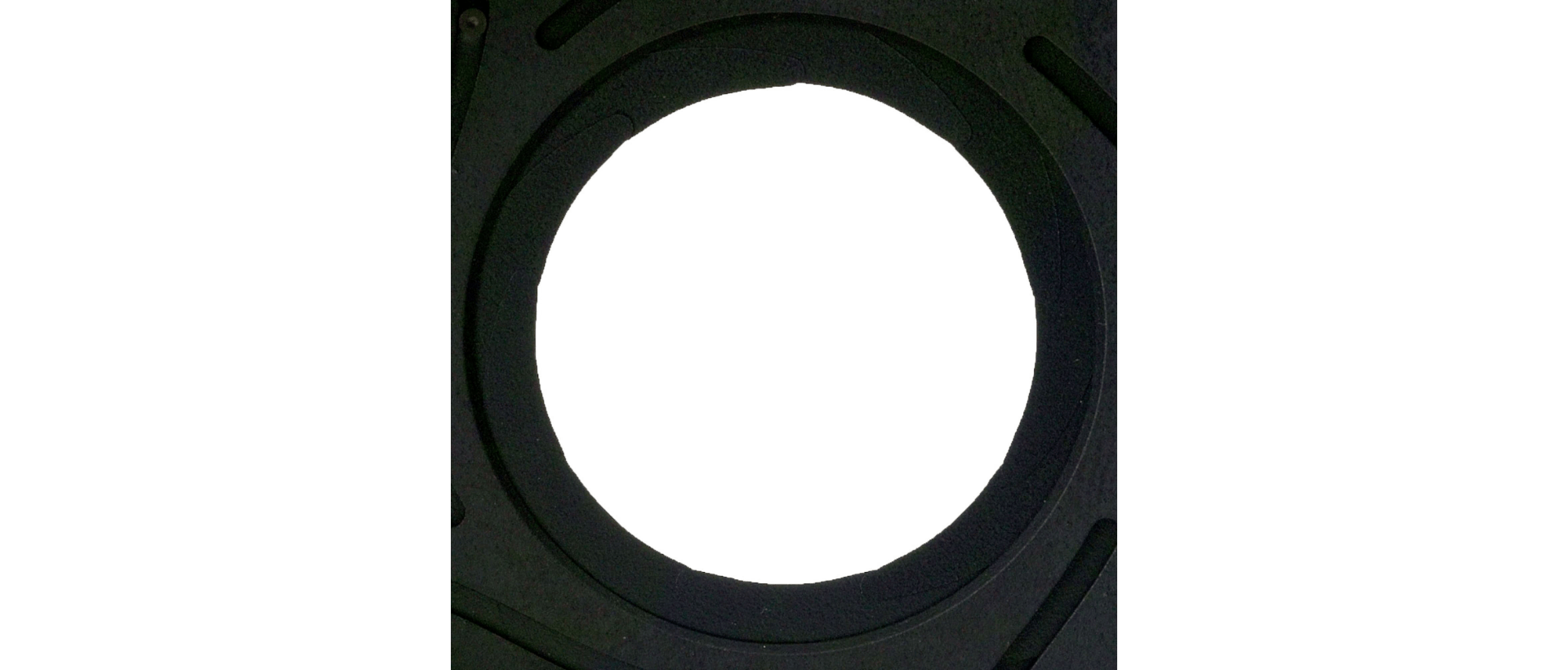
-
Advanced flexibility and convenience expand photographic freedom
Covering the angles of view offered by multiple large-aperture, fixed focal length lenses, this lens combines advanced flexibility with uncompromising performance.
Zoom lenses are extremely convenient, providing a wide range of angles of view with just a twist of the zoom ring. The downside, however, is that F2.8 has been the limit of zoom lens brightness, forcing photographers to select fixed focal length lenses for brighter f-numbers. Although fixed focal lenses have been superior to zoom lenses in terms of f-number brightness and overall performance, they offer only a fixed angle of view, requiring photographers to carry several with them and change lenses as necessary. The 18-35mm F1.8 DC HSM next-generation large-aperture standard zoom lens is the world’s first* to deliver F1.8 brightness throughout the zoom range. Its bright viewfinder makes it easy to confirm focus and compose perfect shots. As compared to a F2.8 lens in the same photographic conditions, it allows the photographer to use a shutter speed that is one stop faster, reducing the influence of camera shake. In addition, the shallower depth of field makes possible a beautiful bokeh effect in the background, expanding photographic creativity. From wide open to standard apertures, this lens is highly flexible, covering the angles of view offered by multiple large-aperture, fixed focal length lenses.
* For interchangeable lenses for digital SLR cameras (as of April 2013)

-
The finest in materials, usability and functionality
A refined, integrated design made with the photographer in mind.
All lenses in Sigma’s new Art line come with a hood with a high-quality rubberized connector and feature a newly designed lens cap and AF/MF switch, and are designed for intuitive use and superior functionality. Inside, HSM (Hyper Sonic Motor) delivers high AF speed and extremely quiet performance. An enhanced algorithm offers even smoother automatic focusing. Full-time manual focus override is another key feature that leaves the artistic touches in the photographer’s hands. The brass mount combines high precision with rugged construction. Its treated surfaces and enhanced strength contribute to the exceptional durability of the lens. In both the external and internal parts, the optimized use of
(*)TSC (Thermally Stable Composite), an excellent match for metal parts, further contributes to the high-precision construction of the lens.(*)TSC (Thermally Stable Composite)
TSC (Thermally Stable Composite) is a type of polycarbonate with a thermal expansion rate similar to that of aluminum. It has high affinity to metal parts which contributes to high quality product manufacturing.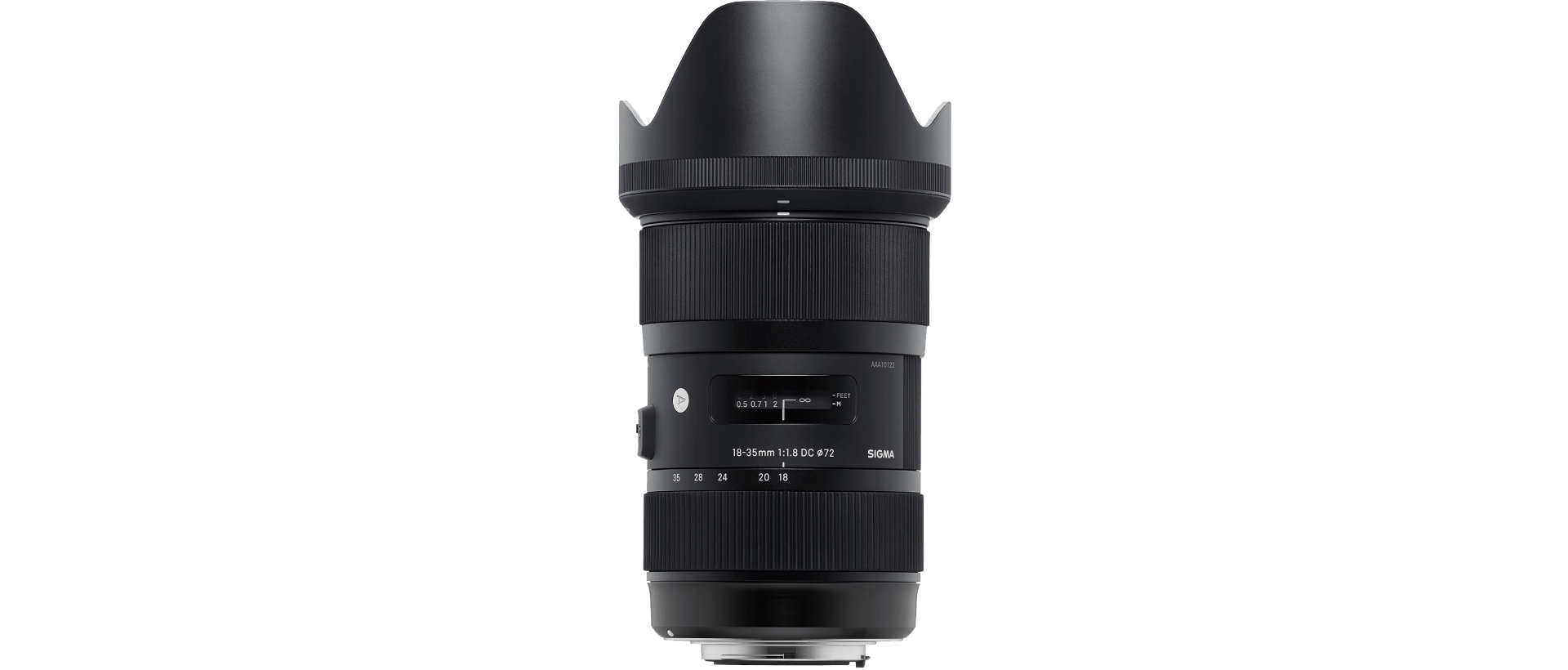
-
HSM (Hyper Sonic Motor)
HSM (Hyper Sonic Motor) delivers high AF speed and extremely quiet performance. An optimized algorithm offers even smoother automatic focusing, and full-time manual focus override is another key feature.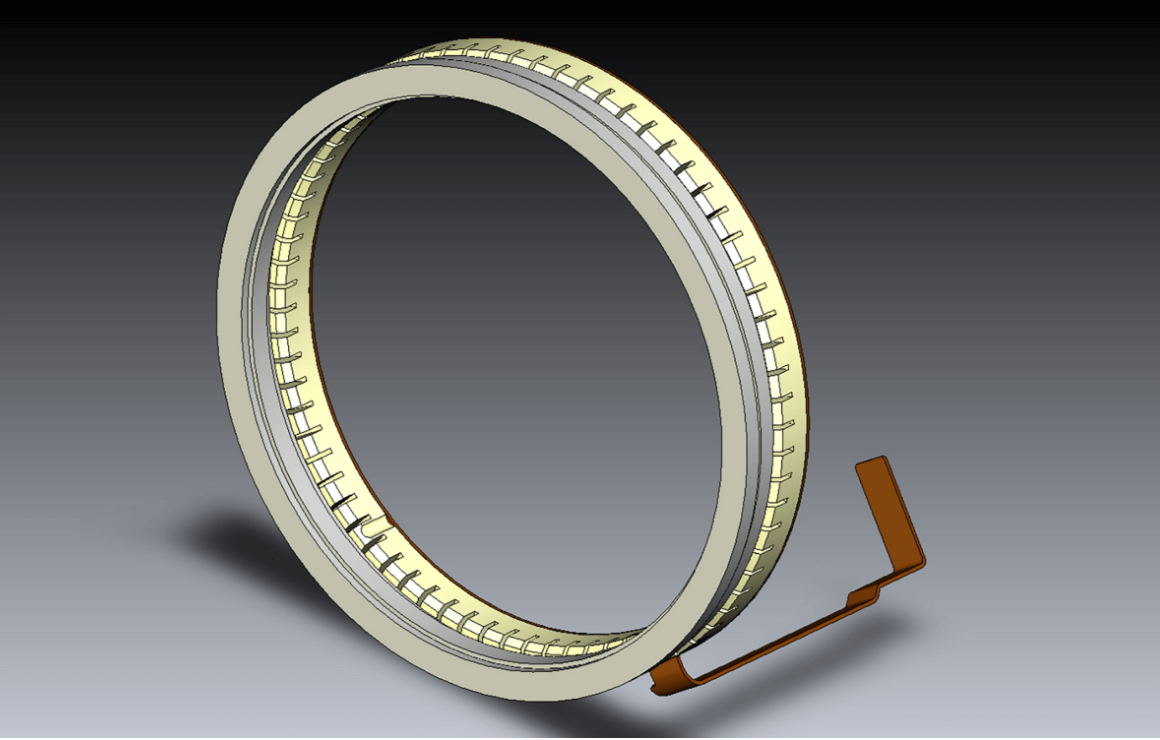
-
Incorporating an Inner Focus system
The lens incorporates a rear focus system that prevents focus-dependent variation in aberration, making high-level image quality possible throughout the entire image. With their unchanging barrel length, these lenses also enhance balance and stability for the photographer. Furthermore, since the front of the lens does not rotate, polarizing filters can be used with extra convenience.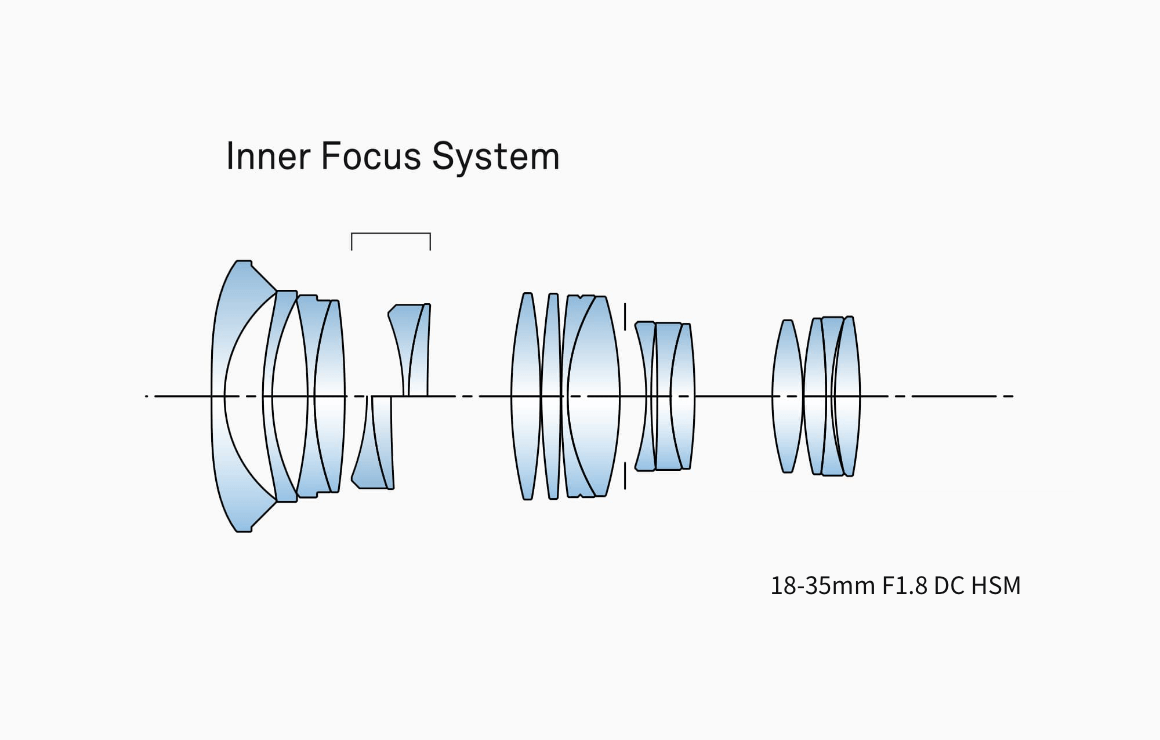
-
TSC (Thermally Stable Composite)
A first for the industry, the barrel of the lens features a new
(*)TSC (Thermally Stable Composite) that offers minimal thermal shrinkage combined with exceptional hardness. It also offers 25% greater elasticity than polycarbonate. Since its thermal shrinkage is low, TSC matches well with metal parts, further contributing to the high-precision construction of the lens. TSC also makes possible slimmer forms for parts like zoom rings and scaling rings.(*)TSC (Thermally Stable Composite)
TSC (Thermally Stable Composite) is a type of polycarbonate with a thermal expansion rate similar to that of aluminum. It has high affinity to metal parts which contributes to high quality product manufacturing. -
Flare and ghosting reduction
From an early stage in the lens design process, flare and ghosting have been measured to establish an optical design resistant to strong incident light sources such as backlighting. Sigma’s Super Multi-Layer Coating reduces flare and ghosting to help photographers produce sharp and high contrast images even in backlit conditions. The included lens hood can be attached to block out extraneous light, which can have a negative effect on rendering performance.
-
High-precision, rugged brass bayonet mount
The brass mount combines high precision with rugged construction. Its treated surfaces and enhanced strength contribute to the exceptional durability of the lens.
-
Lens construction
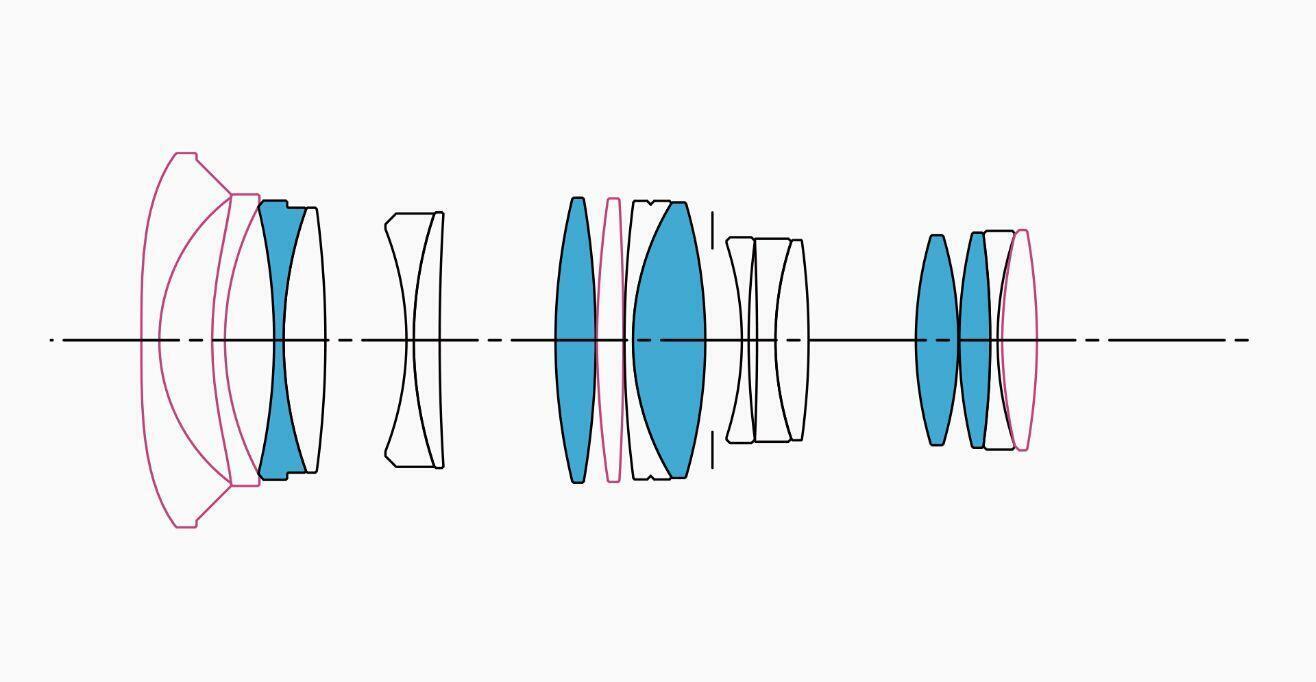
SLD glass
Aspherical lens
-
MTF CHART
Diffraction MTF
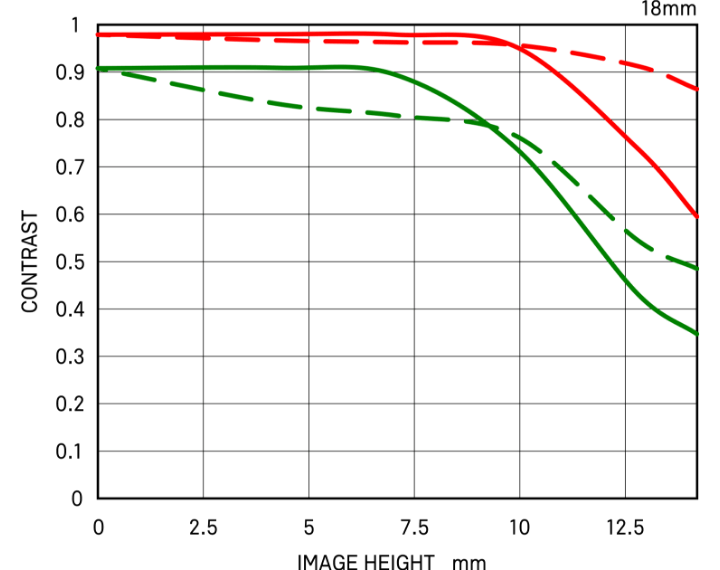
Diffraction MTF
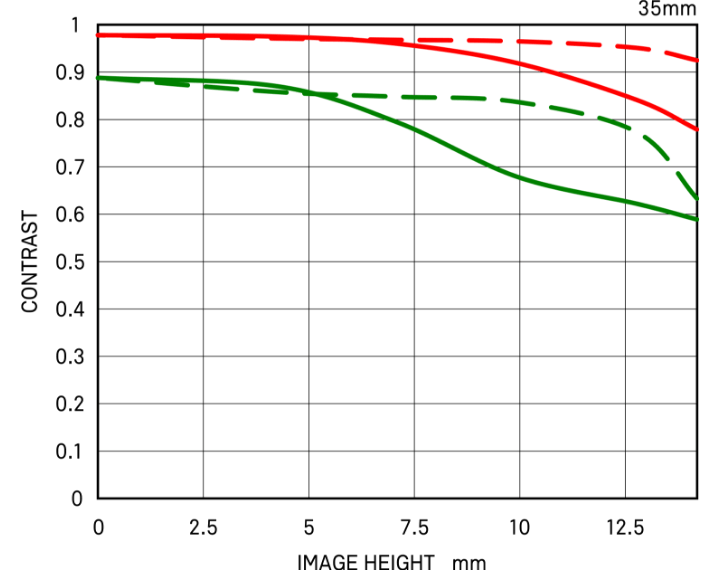
-
Spatial frequency
S:Sagittal Line
M:Meridional Line
-
10lp/mm
-
30lp/mm
-
-
DISTORTION


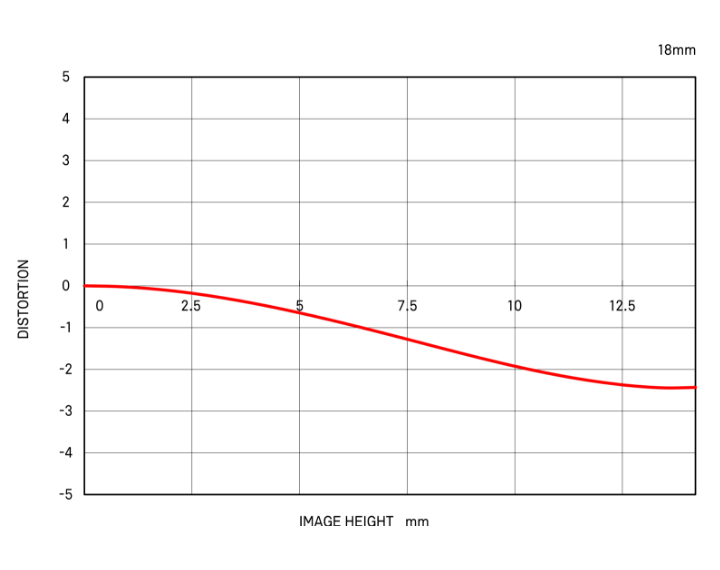
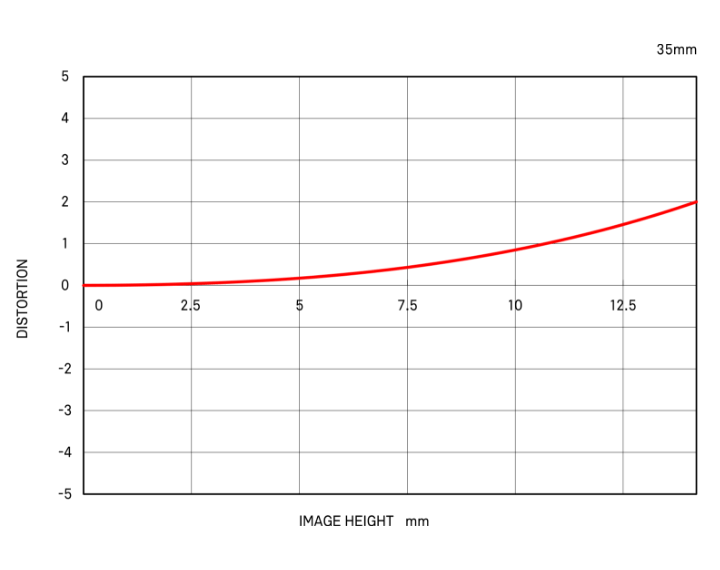
-
VIGNETTING
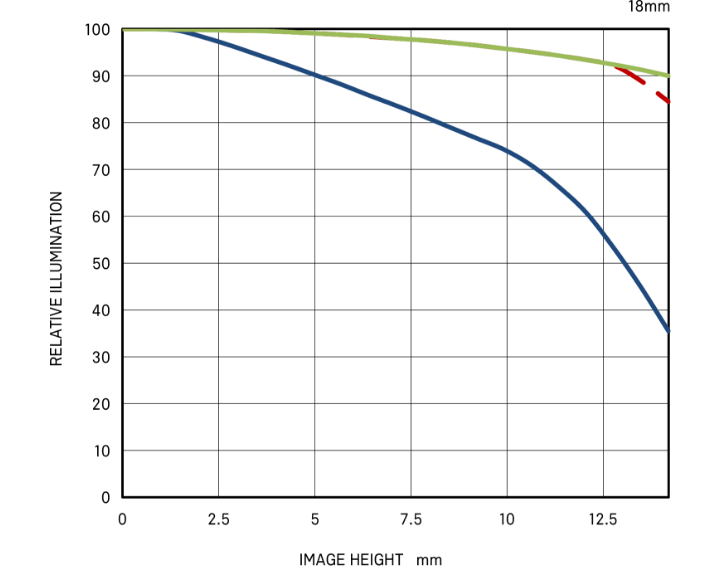
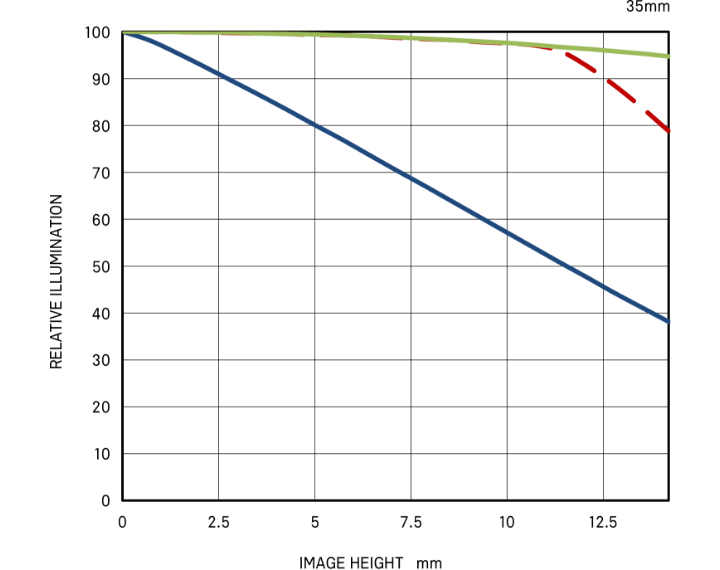
-
F1.8
-
F4.0
-
F8.0
-
-
Camera
SIGMA SD1 Merrill
-
Shutter Speed
1/125s
-
Lens F Number
F2.0
-
ISO
200
-
Focal Length
18mm
-
Photographer
Kenji Mori

Introducing a newlarge-aperture
APS-C format standard zoom lens.
Once again, Sigma sets a new standard.
World’s first* lens offering F1.8
throughout the zoom range.
Image quality until now found only in a fixed focal length lens. The definitive large-aperture APS-C format standard zoom lens.
A large-aperture fixed focal length lens is great for achieving expressive bokeh effects and enjoying ultra-high optical performance. On the other hand, photographers often need to change the angle of view to properly capture the scene that presents itself. To solve this decades-long dilemma, Sigma proudly introduces the 18-35mm F1.8 DC HSM next-generation large-aperture APS-C format standard zoom lens for digital SLR cameras. Taking on the challenge of creating the world’s first* wide-aperture lens to offer an aperture of F1.8 throughout the zoom range, Sigma has succeeded in creating a zoom lens that offers the same high optical performance of a fixed focal length lens. These outstanding performance characteristics are especially apparent in an APS-C format camera, since it has a slightly greater depth of focus than a full-frame camera. This is a revolutionary lens that overturns preconceptions while expanding the range of photographic expression.
* For interchangeable lenses for digital SLR cameras (as of April 2013)